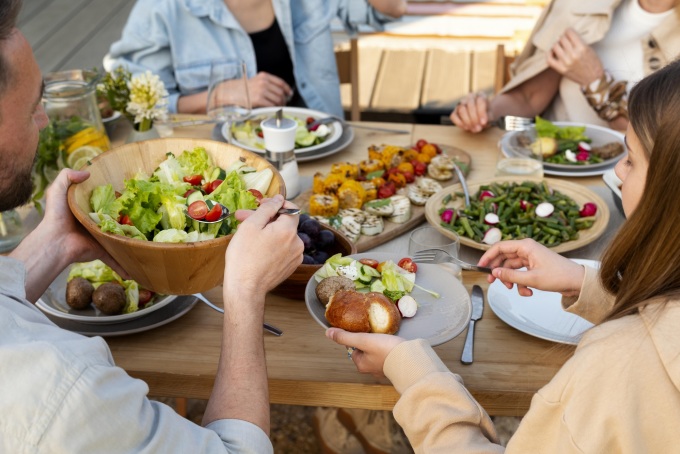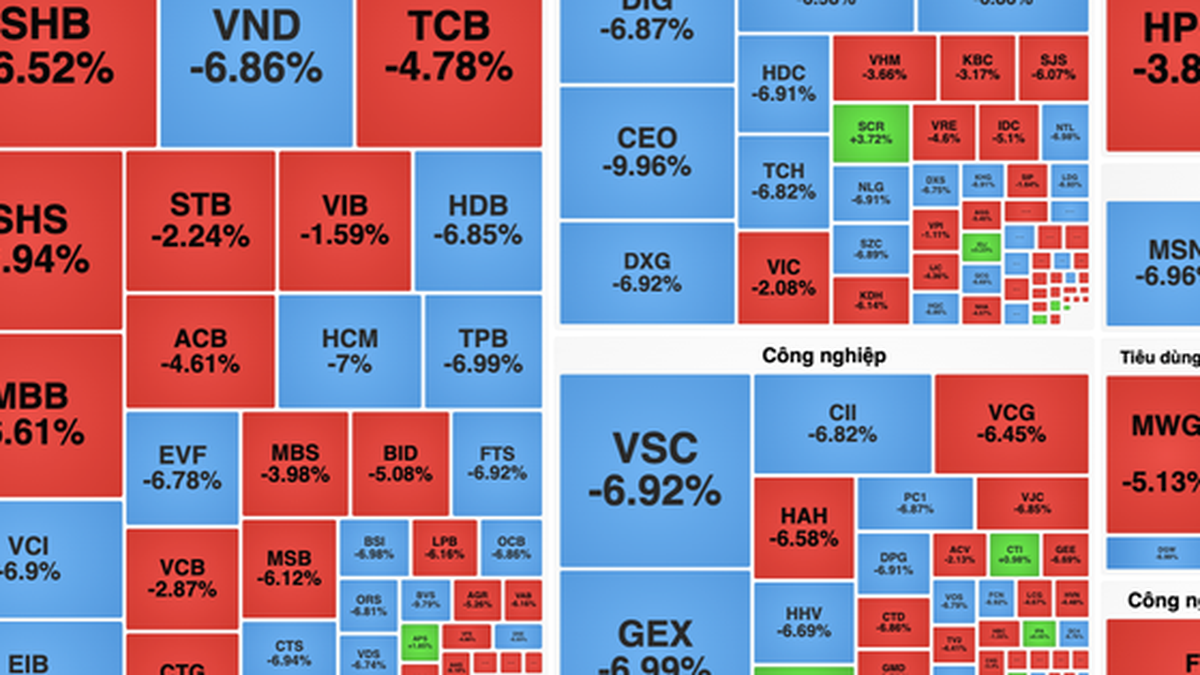Eat a variety of food groups at meals and snacks, choose fresh fruit and eat whole fruit, divide carbohydrates evenly… to help stabilize blood sugar.
Diet affects blood sugar levels in both people with and without diabetes. However, there are no “good” or “bad” foods. Balancing foods, choosing meals, and combining certain foods can help control hypoglycemia. Here are some tips for eating for healthy blood sugar levels.
Divide carbohydrates evenly throughout the day: Total carbohydrate intake for people with hypoglycemia should be 135-180 grams per day. If you eat 3 meals a day, you should divide the carbs into 3, if you eat more meals, divide it into 4 meals. Carbs include sugar, starch, and fiber. Aim to eat 2-4 servings of carbs per meal and 1-2 servings at snacks. A serving is about 45-60 grams of carbs per main meal, 15-30 grams of carbs or less for snacks.
Choose whole grains and high-fiber foods : A high-fiber meal with lots of vegetables and whole grains will help maintain better health. Some good grains include: buckwheat, beans, almonds, brown rice, oats... Patients should prioritize grains with little or no sugar, only eating grains as snacks instead of main meals. Green vegetables help supplement fiber, natural nutrients, vitamins, and minerals. Fiber creates a feeling of fullness faster, so you can reduce your food intake.
Eat from a variety of food groups : Planning meals and snacks so that the body gets a variety of foods helps keep blood sugar levels normal. This is important if a person has non-diabetic hypoglycemia. A nutritious lunch might also include rice, lettuce and tomatoes, tofu and a meat.

A variety of food groups in meals is good for blood sugar. Photo: Freepik
Choose whole fruits : People should prioritize eating whole, less sweet fruits such as mangoes, strawberries, apples to avoid hypoglycemia or sudden increase in blood sugar. Avoid eating processed fruits, fruits marinated in sugar. Fruit jams, bottled juices, and dried fruits should be limited as much as possible.
Increase lean protein : Foods rich in lean protein such as fish, low-fat cheese, and eggs help increase energy. When the body has enough energy, the process of glucose entering the blood will slow down... This method also helps balance blood sugar at a stable level.
Add healthy fats : People with diabetes should consider adding healthy fats such as nuts, seeds, avocados and olive oil to their meals. Healthy fats from these foods help increase insulin sensitivity after meals, increasing insulin release to help stabilize blood sugar levels.
Pair sweets and fruits with other foods : This helps balance minerals together, avoiding sudden drops in blood sugar.
Drinking alcohol during meals : Alcohol is not good for health, especially for people with diabetes. However, if you have to drink 1-2 glasses, you should drink it during meals. Combining with many foods will reduce the harmful effects of alcohol on blood sugar.
In addition to following the above dietary tips, patients should avoid foods such as ice cream, crackers, bread, and chocolate. These are foods that contain fat or protein that slow down the reaction of sugar in the blood, which is not beneficial in cases where blood sugar needs to be increased quickly. Some other foods that cause a spike in blood sugar and should be limited are cakes, fruit cakes, frozen yogurt, coffee, cocoa, soda, etc.
Anh Chi (According to Very Well Health )
Source link
























![[Photo] National Assembly Chairman attends the seminar "Building and operating an international financial center and recommendations for Vietnam"](https://vphoto.vietnam.vn/thumb/1200x675/vietnam/resource/IMAGE/2025/7/28/76393436936e457db31ec84433289f72)












































































Comment (0)